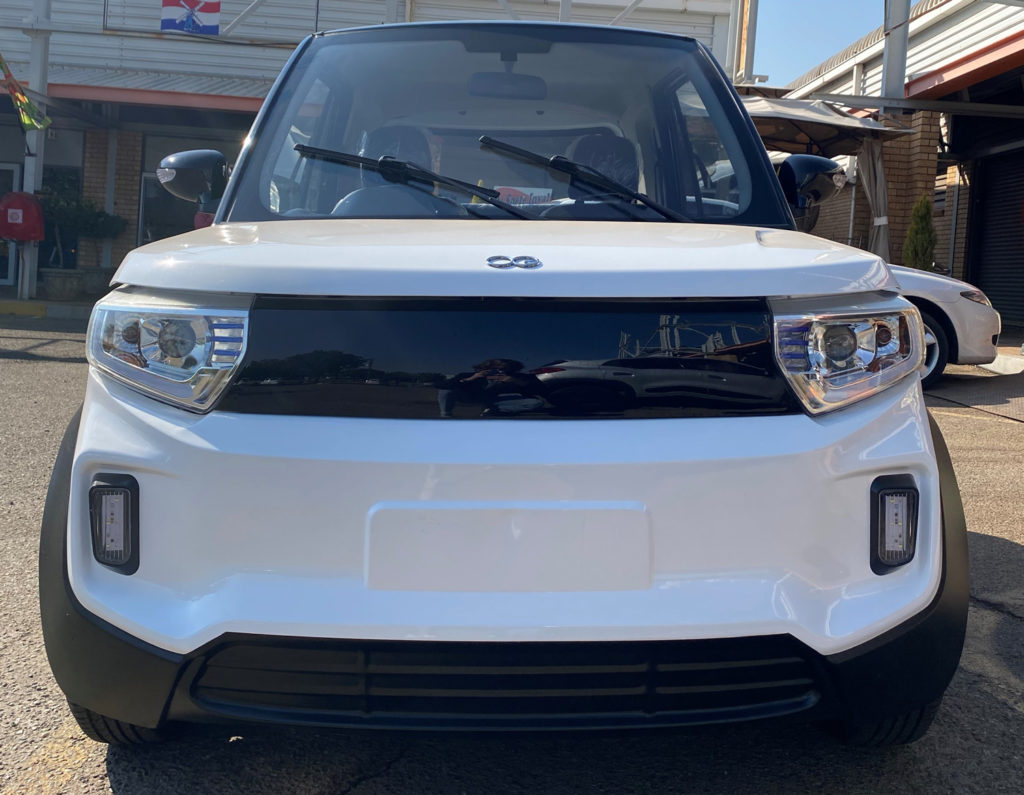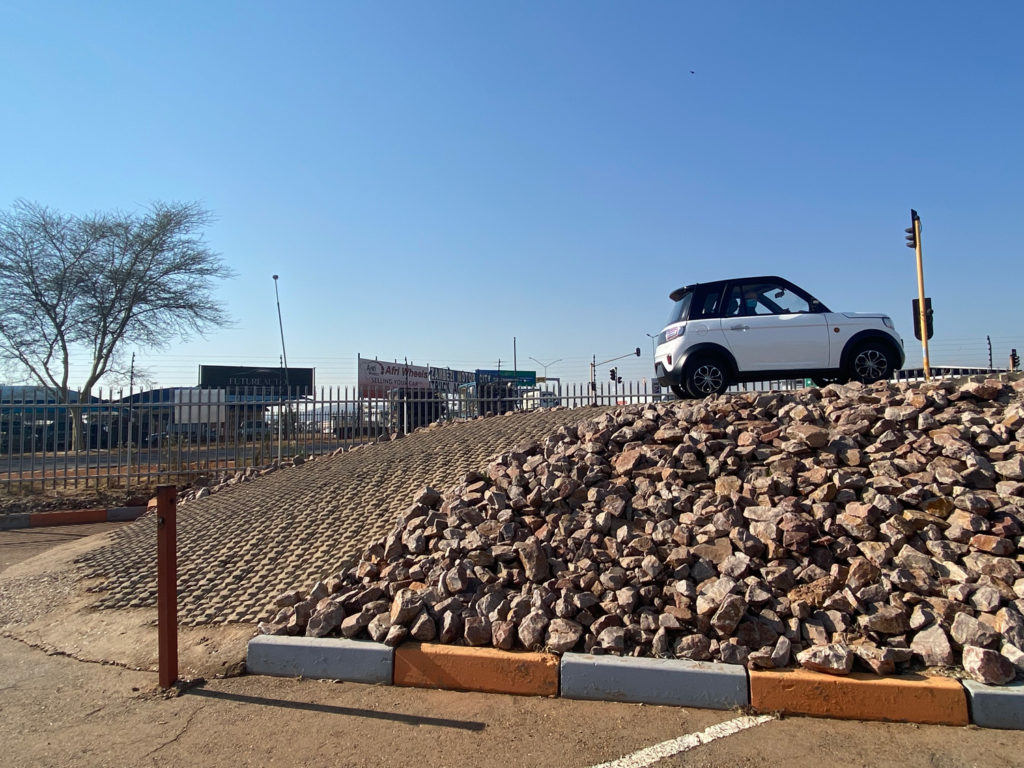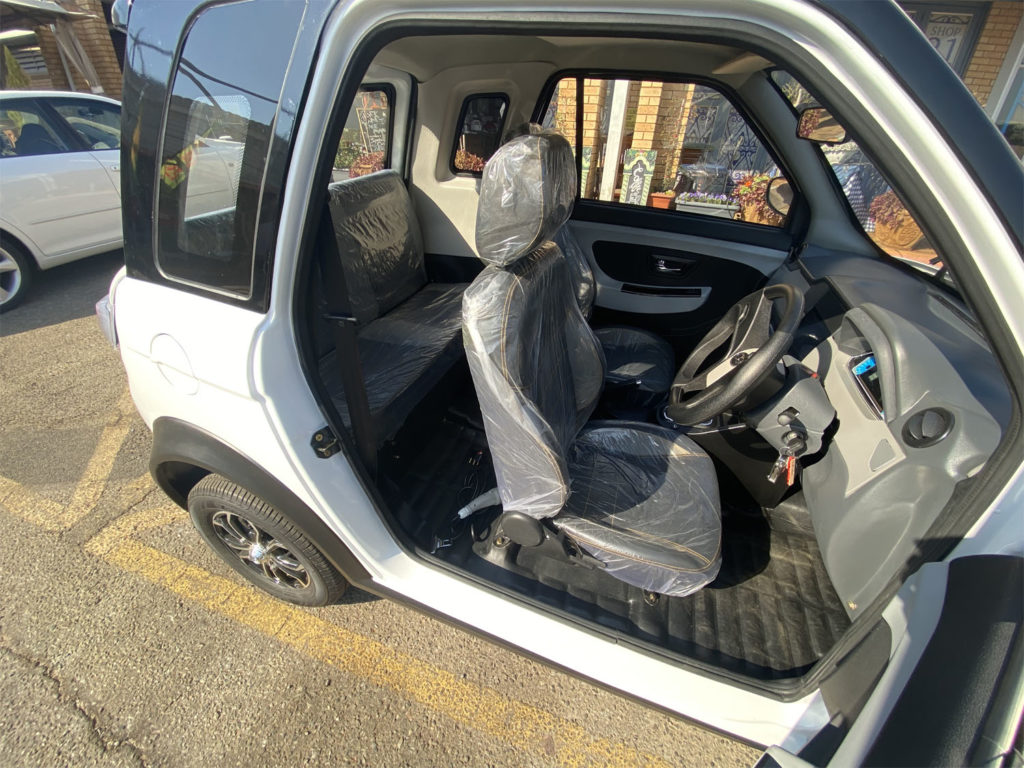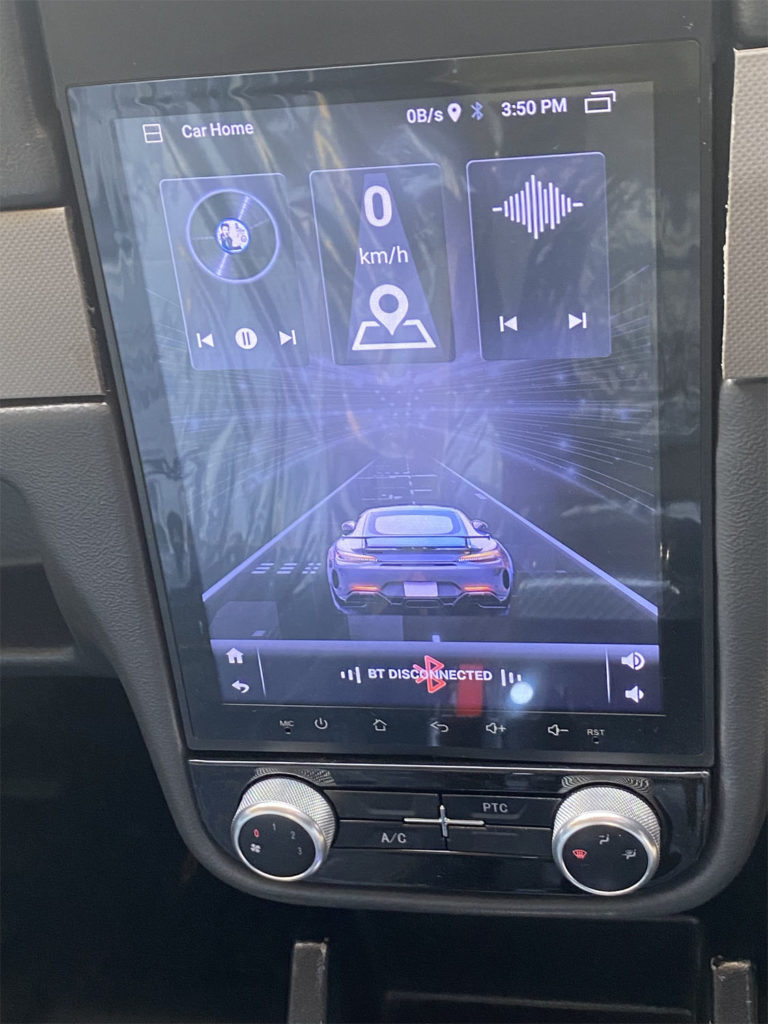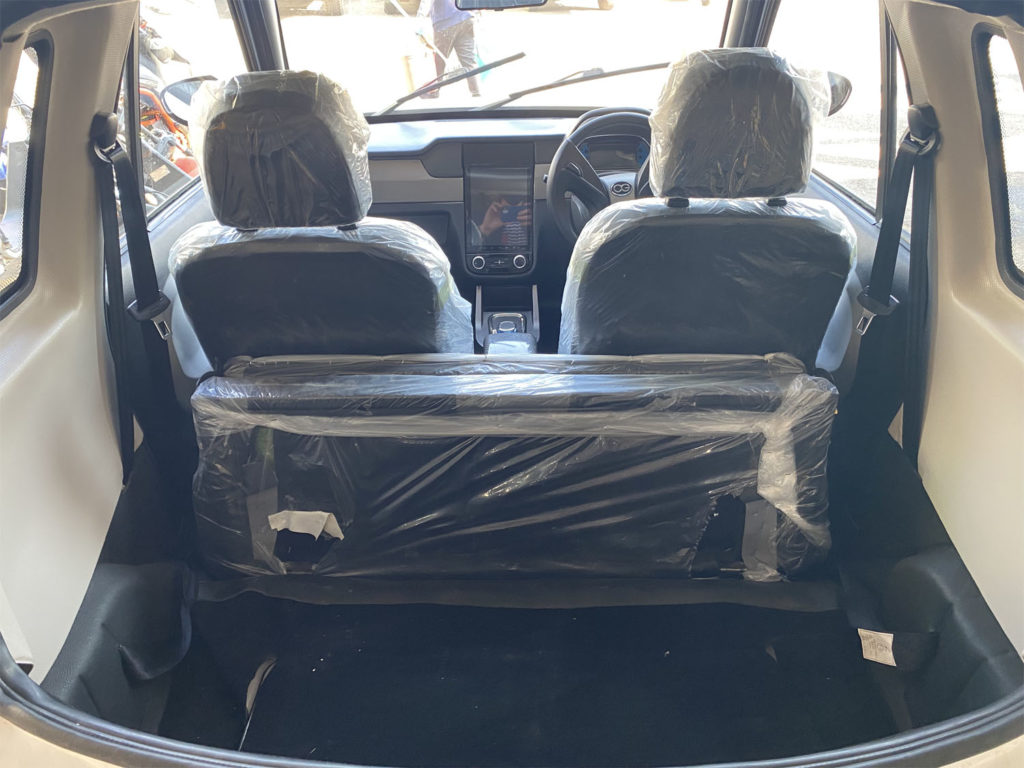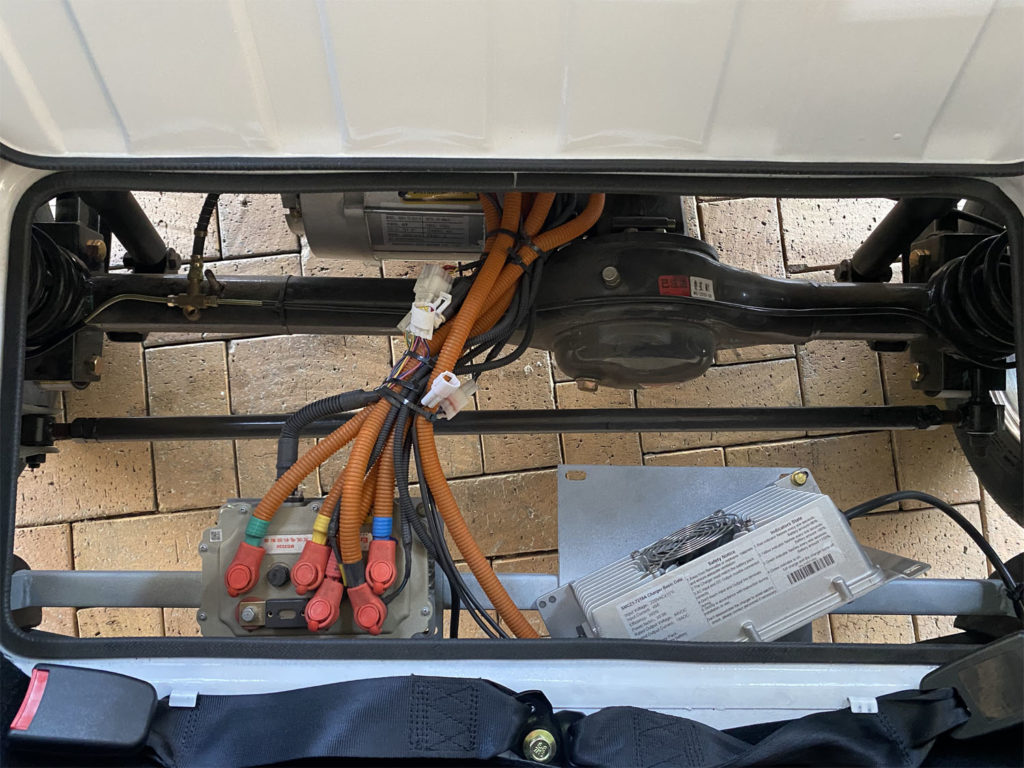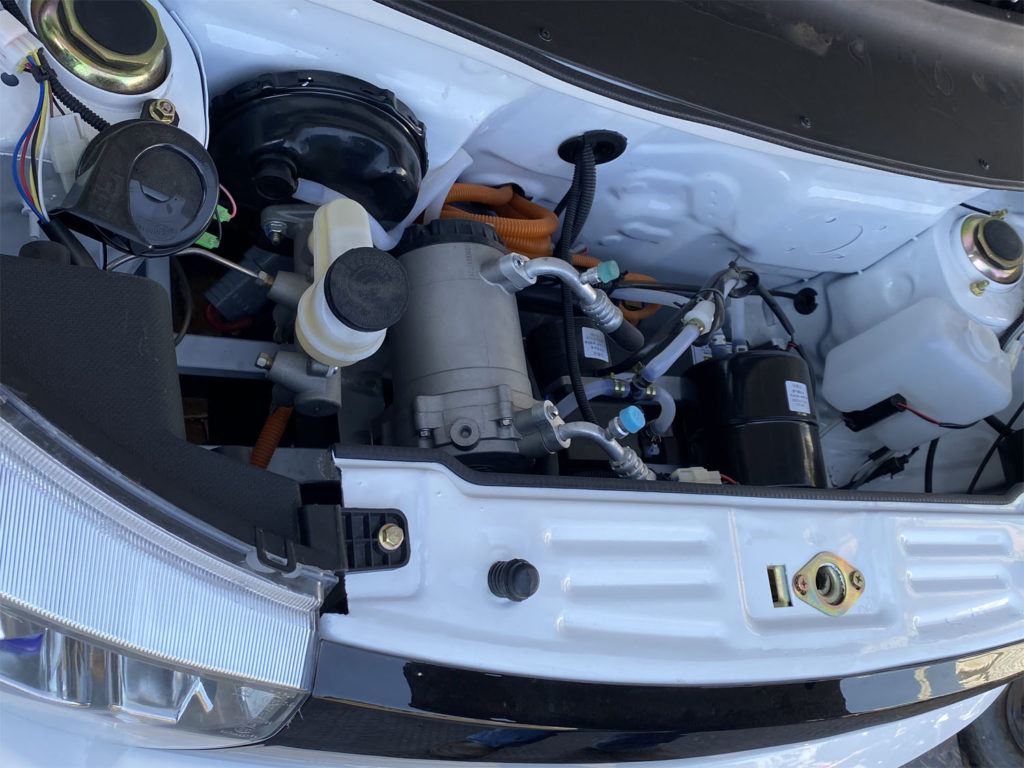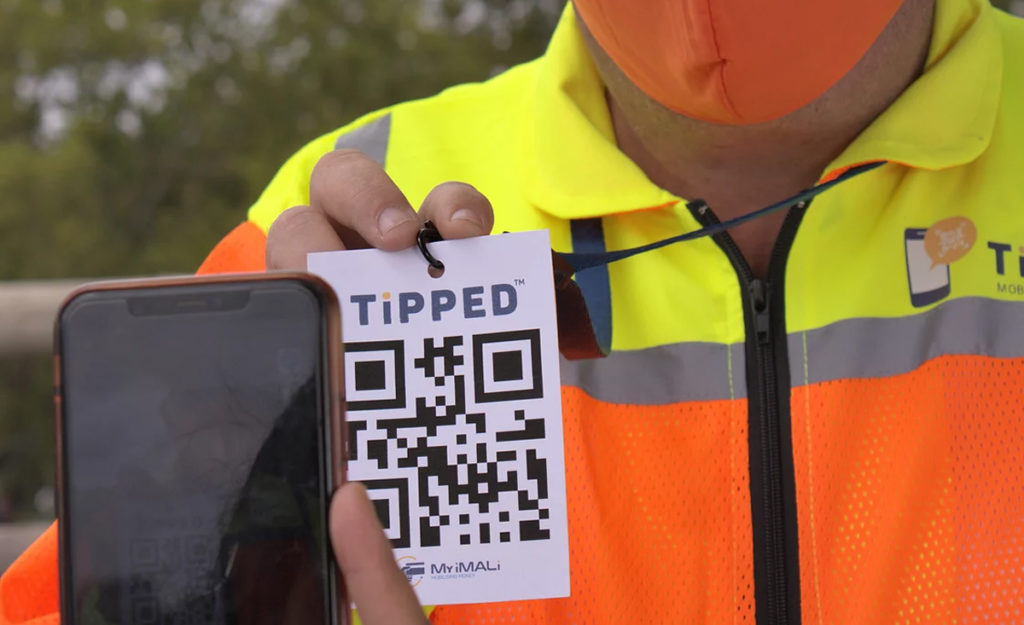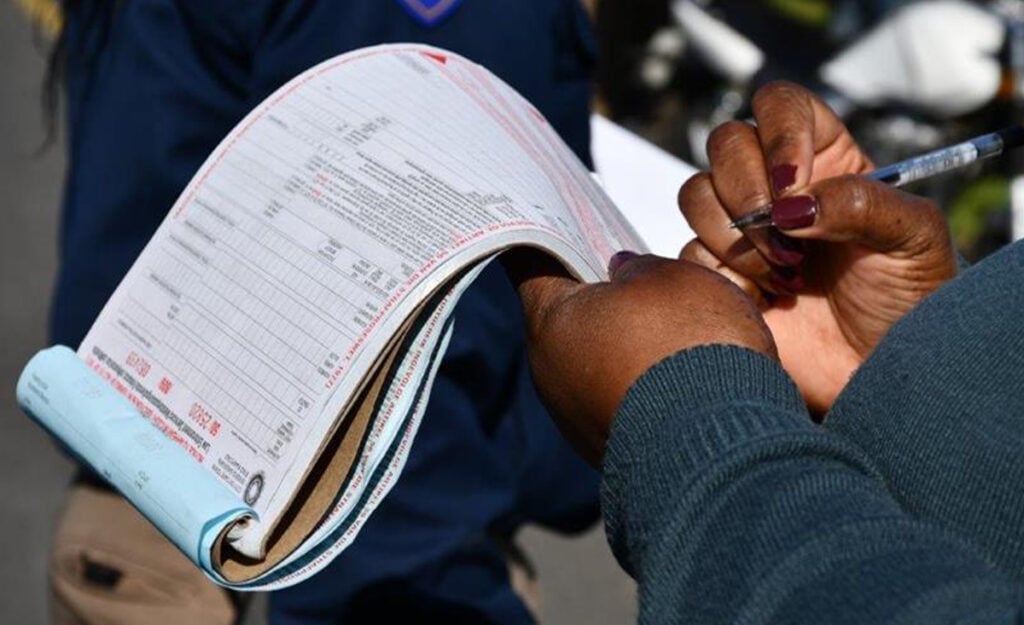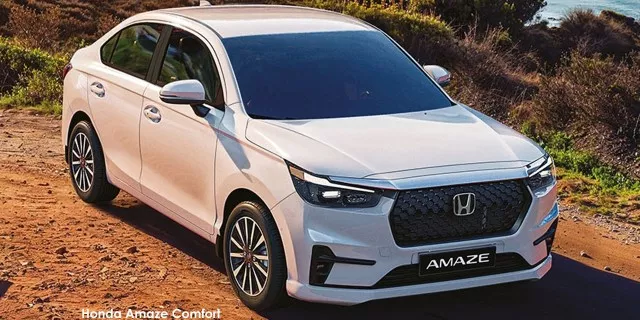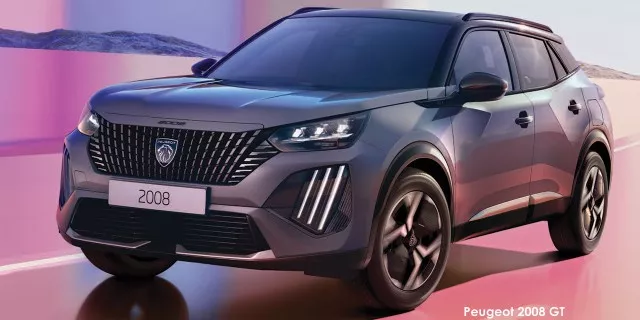I drove South Africa’s cheapest electric car – This is what it’s like

The Eleksa CityBug is South Africa’s newest, smallest, and cheapest electric car.
It’s not fully road legal yet, however, and the vehicle is currently under homologation for the local market.
TopAuto was fortunate enough to test one out before it hits the road.
What you need to know
The Eleksa CityBug is expected to finish its roadworthy testing process within the next few months and go on sale at a starting price of R200,000.
This makes it substantially more affordable than the country’s current cheapest electric car – the Mini Cooper SE at R686,400.
However, it puts the CityBug in direct competition against the likes of the Suzuki Swift – which is understandably a more refined vehicle, thanks to its time in the market.
The CityBug is therefore a unique offering which will make its own niche in South Africa. It also provides a promising outlook for the future of affordable electric cars.
For R200,000, the CityBug offers an interesting look both inside and out, costs about 15 cents to drive 1km, and boasts a significant set of standard equipment.
Every CityBug comes with:
- USB ports
- Central locking
- Reverse camera
- Electric windows
- Digital instrument cluster
- Bluetooth connectivity
- Google Maps navigation
- Android tablet infotainment system
- Emergency cut-off switch
- 12-inch or 13-inch alloy wheels
- Artificial leather seats with contrast stitching
The vehicle is powered by a 9kWh battery and a 4kW electric motor – which provides 100km of driving range.
This can be upgraded to a maximum range of 200km, said Eleksa, while fully charging the car takes around six hours.
The CityBug then reaches a top speed of 55km/h (amended from 60km/h), and supports a load-carrying capacity of roughly 300kg.
In addition, its maximum incline scalability is rated at 11.31 degrees – but after driving it I can tell you it is capable of much more.
How it drives
On the way to meeting the Eleksa CityBug, I was expecting the car to have the same driving characteristics as South Africa’s cheapest car, the Bajaj Qute, but with slightly better acceleration thanks to the electric motor’s instantaneous torque.
The torque part was spot on, but boy was I wrong about the rest.
Compared to the Qute, the CityBug feels safer, better built, more spacious, and faster. Simply put: a better product.
Compared to a budget, petrol-powered hatchback from a major brand, the CityBug matches ride comfort and the driving sensation quite well – but compromises on other aspects such as space, power, and range.
Getting into the CityBug was also challenging due to its small dimensions – measuring 2,960mm long, 1,480mm wide, and 1,520mm tall.
Seat railings that were built for the Chinese market made this tougher.
Anton Jordaan, manager at Eleksa Pretoria, assured me that longer seat railings are one of the first standard upgrades they will provide when the CityBug becomes road legal in the country.
Once inside, I was greeted by a cabin that feels much larger than the exterior would lead you to believe, seats that are comfortable and the perfect size, and a large infotainment system playing through loud speakers.
For my test drive, I was given free rein over a large open parking lot which provided space to reach the car’s top speed and also test a few “corners”.
At a weight of around 700kg – with me, Jordaan, and the standard battery pack included – the CityBug jumped away from the start line at a surprising pace.
It might not rival the acceleration of its electric competitors, but compared to the 2011 VW Polo Vivo that I got as my first car, the CityBug was not far off.
It sprinted quickly up to the 45km/h mark and then slowed down a tad, but we were able to reach the top speed and come to a standstill in less than 350 metres.
Cornering capabilities were the next test for the CityBug, and I am glad to report that it performed well.
The small hatchback whipped around bends at more than 40km/h without breaking a sweat, with barely any body roll.
The stiff shock absorbers installed at each wheel are the main reason for this, and I would say the supportive seats have something to do with it, too.
The steering was also responsive, the brakes worked well, and cabin noise was low – except for the occasional bump in the road and the hum of the electric motor that was audible.
We even took it up a steep hill that is more than double the maximum angle the CityBug can reportedly handle, and it conquered this incline without strain.
When the time came to park the CityBug, I used the included reverse camera to easily line up the small hatchback.
If you find yourself needing to stop the CityBug in an instant, the car also includes a big, red emergency cut-off switch beneath the centre console lid.
This can be pressed at any time to stop the CityBug functioning completely.
Verdict
The CityBug drives well, utilises its power better than expected, and offers a long list of features as standard.
You might then wonder: “Where’s the catch?”
Even though the CityBug’s driving sensation comes close to that of budget hatchbacks, it can’t fully replace a petrol-powered car in every way just yet.
Eleksa said that it is working on several upgrades that will be available exclusively to the CityBug in South Africa to address this, and these will make the car a better everyday alternative to gas-guzzlers in a few years’ time.
At the moment, its target uses are for businesses doing short-range deliveries and private buyers wanting something small and affordable for driving around their communities.
